Fragrant Benefits
Vaporising essential oils in your home or workplace not only creates an enchanting ambience, but oils such as eucalyptus, tea tree, pine, cypress and rosemary also have powerful germicidal properties capable of destroying airborne bacteria. When inhaled, these same oils have a medicinal effect and generally support the body's immune defences. Additionally, oils such as lemongrass, peppermint and cedarwood have insect repelling properties. Sweetly-scented florals, such as geranium and ylang ylang, and citrus scents, such as bergamot, are especially valued for their mood-elevating effects, while the enigmatic aroma of frankincense is renowned as an aid to meditation.
Here we explore a variety of methods of assisting the gentle release of essential oils into the atmosphere.
Candle heated burners
A variety of attractive essential oil burners are available from health stores, aromatherapy suppliers and gift shops.
A few drops of essential oil are added to the water-filled reservoir or dish of the burner and a night light candle is placed below, thus gently heating the water and causing the essential oils to vaporise.
Advantages:
They are usually less expensive than electric diffusers, and a popular choice for those who prefer the simple beauty of earthenware or glass and candlelight.
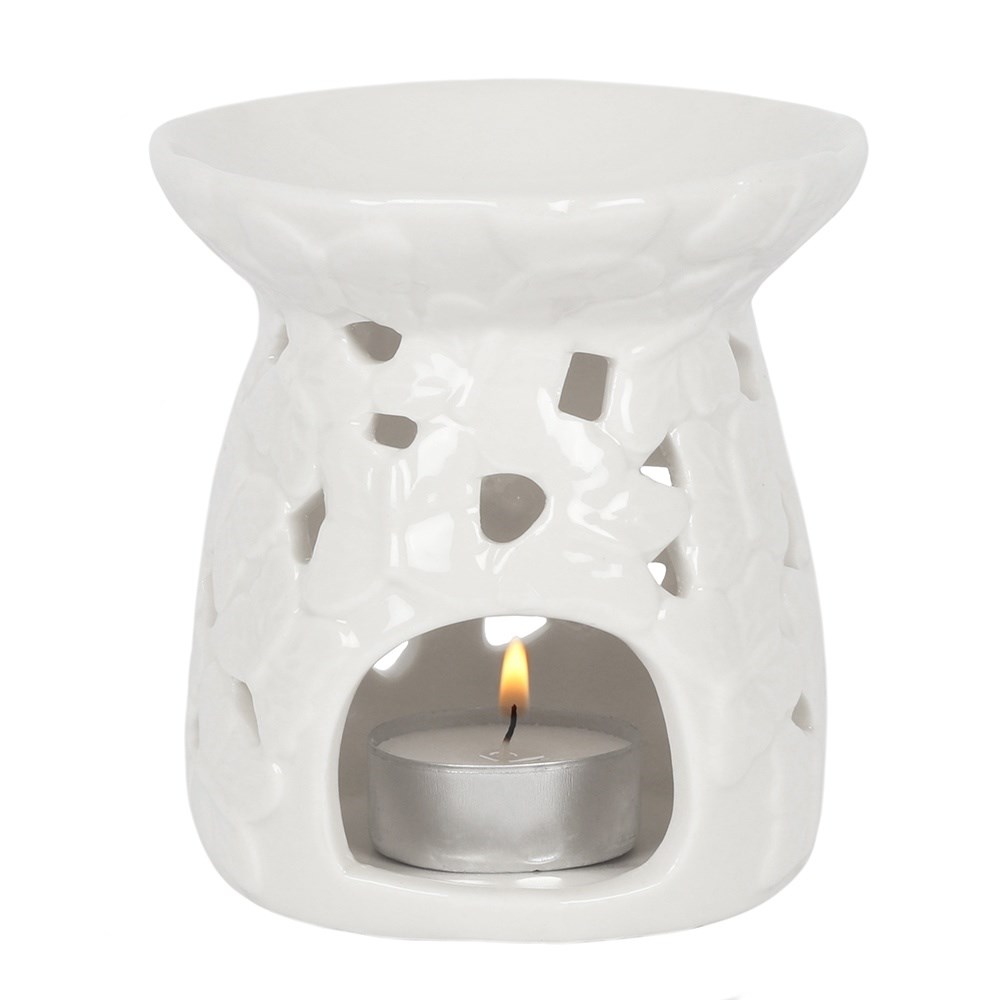
Disadvantages:
As they have a naked flame, they must not be left unattended and should always be kept away from children and pets.
Tip:
Opt for a model with a reservoir large enough to hold at least 35ml of water, so enabling the burner to continue vaporising for 2-3 hours before burning dry.
Electric diffusers
Electric diffusers come in many shapes and sizes and are available from health stores, chain store chemists and specialist aromatherapy suppliers.
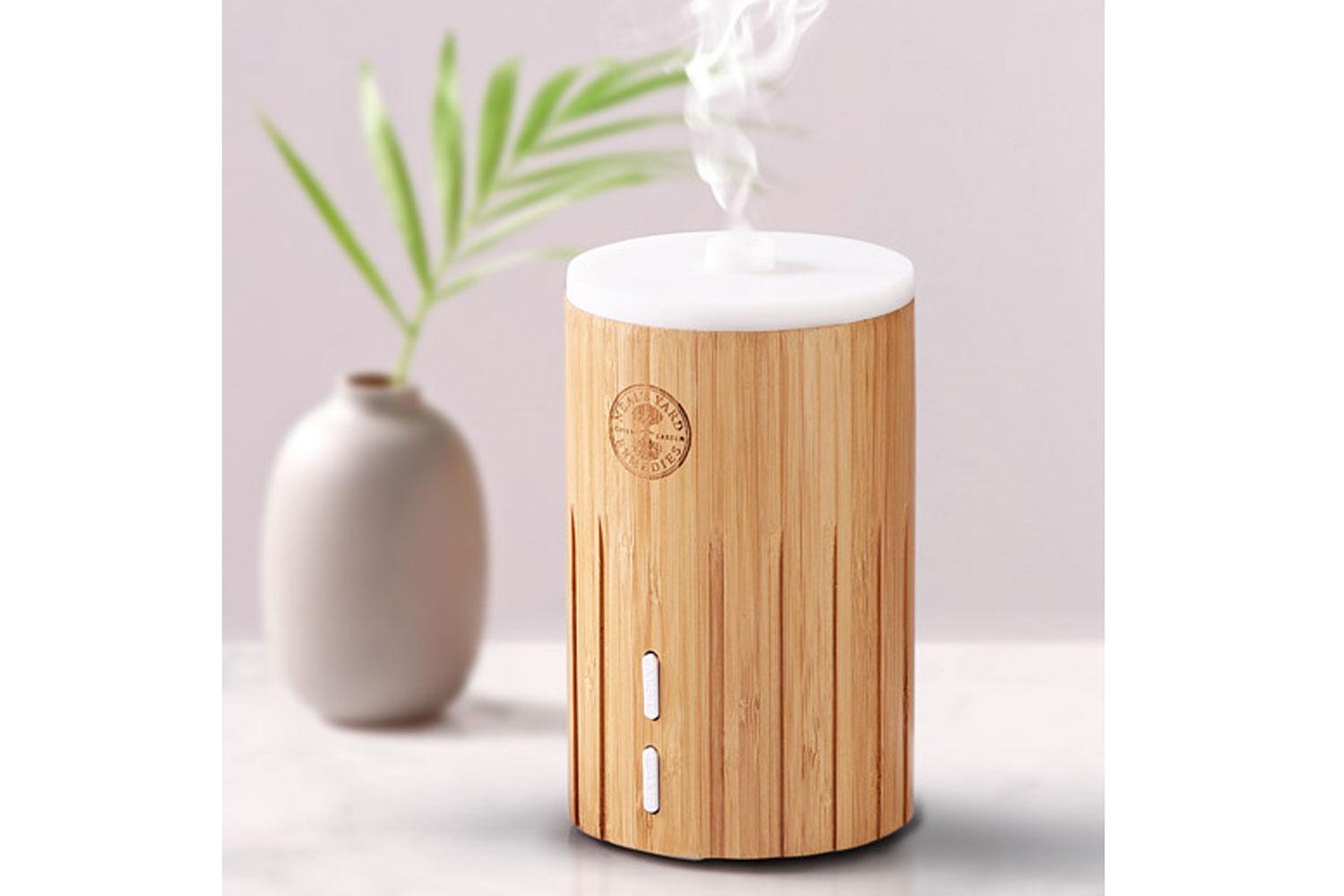
A few drops of essential oil are put onto the plastic surface of the diffuser and gently heated by an electric element. Depending on the model chosen, water is usually not necessary, though some electric vaporisers re designed to provide the option of using a little water if desired.
Advantages:
A number of electric diffusers have a variety of settings to adjust the rate of evaporation. Unlike naked oil burners, electric diffusers are suitable for the office and for overnight use, especially in children's bedrooms, as they can be left unattended.
Disadvantages:
Diffusers are more expensive than most vaporisers, and are arguably less appealing to the eye than candle-heated burners.
Tip:
Opt for a model that can be used with water. Essential oils usually smell better when mixed with water, and the water itself humidifies over-heated or air-conditioned rooms.
Aromastones
Heavy ceramic vaporisers that plug into a wall socket.
A few drops of essential oil are dropped directly onto its heated surface, though the oils may also be mixed with a little water if desired. Aromastones are usually available from the same outlets that supply electric diffusers.
Advantages:
As for electric diffusers, with the added advantages of appealing to those who dislike the idea of vaporising oils using plastic.
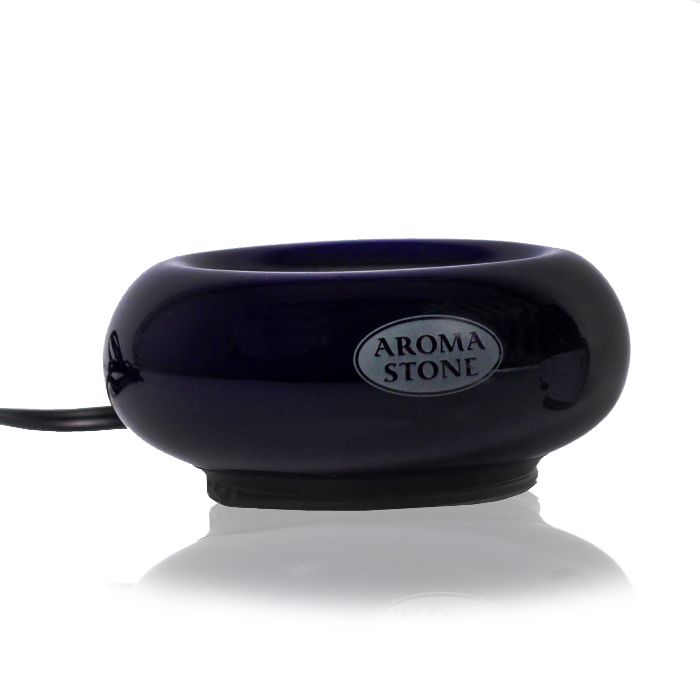
Disadvantages:
Aromastones are substantially more expensive and, again, possibly less attractive, than candle-heated burners.
Tip:
For safety, buy one that clearly shows when it's on or off.
Aromatherapy candles
Authentic essential oil candles are available from aromatherapy suppliers and shops specialising in herbs and other natural remedies.
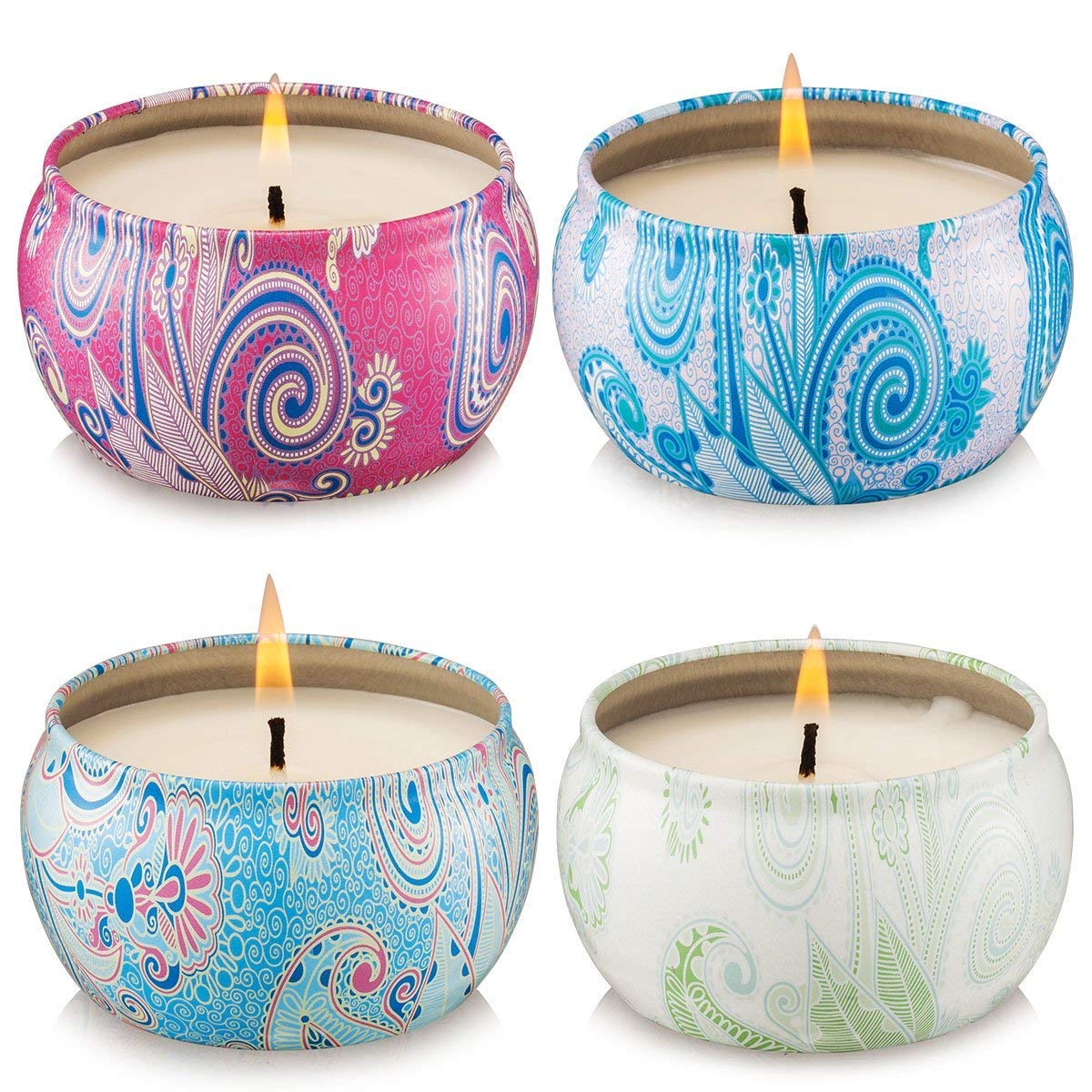
Most other 'aromatherapy' candles available from supermarkets, department stores and gift shops are perfumed with synthetic fragrances.
Advantages:
A delightful way to create a mood-enhancing ambience.
Disadvantages:
Genuine aromatherapy candles are expensive. The must never be left burning unattended, and should always be kept away from children and pets.
Quick and Easy DIY Aromatherapy Candles
You will need a very fat candle and a few of your favourite essential oils. First light the candle, wait a few minutes for the wax to melt around the wick, then blow out the flame. Add a few drops of essential oil to the molten wax (the fatter the candle, the bigger the pool of wax), before re-lighting.
Once the oil has completely evaporated (after about 30 minutes), you may wish to change the aroma by using a different oil, but don't forget to extinguish the flame first.
WARNING!
Essential oils are highly flammable, so never try to add them while the candle is still burning. Always keep a wick trimmed quite short, otherwise the flame will be too big and the aromatic vapour extremely short-lived.
Light-bulb Rings
These are made of ceramic or metal. A few drops of essential oil are put into a groove in the ring, which is then placed on top of a cold light-bulb (a table lamp or central ceiling light).
When the light is switched on, the heat from the bulb causes the oils to vaporise. Light-bulb rings are available from some health stores and essential oil suppliers.

Advantages:
A very easy and cheap way of vaporising essential oils.
Disadvantages:
Suitable only for neat essential oils. Usually becomes very sticky with use - consequently trapping bugs attracted to the light.
WARNING:
Never apply essential oils directly to a light bulb, as this can cause the bulb to explode.
Radiator Diffusers
These are designed to fit onto radiators. A few drops of essential oil are put into the water-filled diffuser and the heat from the radiator causes the oil to vaporise.
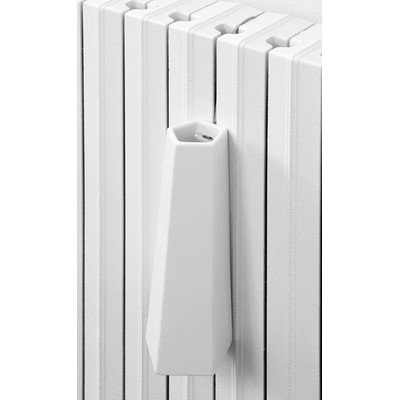
Available from specialist essential oil suppliers.
Advantages:
As for the burner, but without the associated fire risk.
Disadvantages:
Difficult to keep out of the reach of young children. Radiator diffusers can also be easily dislodged by boisterous pets. The radiator needs to be on for the oil to vaporise, so fuel costs will rise.
Cotton Wool Behind a Radiator
Simply put a few drops of essential oil on a cotton wool ball and place behind a radiator - the heat of the radiator releases the fragrance.
Advantages:
A very easy and cheap way to vaporise essential oils.
Disadvantages:
Restricted to those times when the heating is on.
Tip:
Try not to let essential oils come into direct contact with the radiator, as the metal may eventually become sticky with residue.
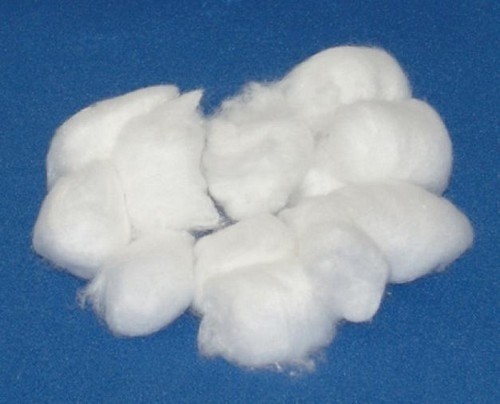
Air sprays
Essential oils can be added to a water-filled mister (or cosmetic spray bottle) and sprayed to freshen the air.
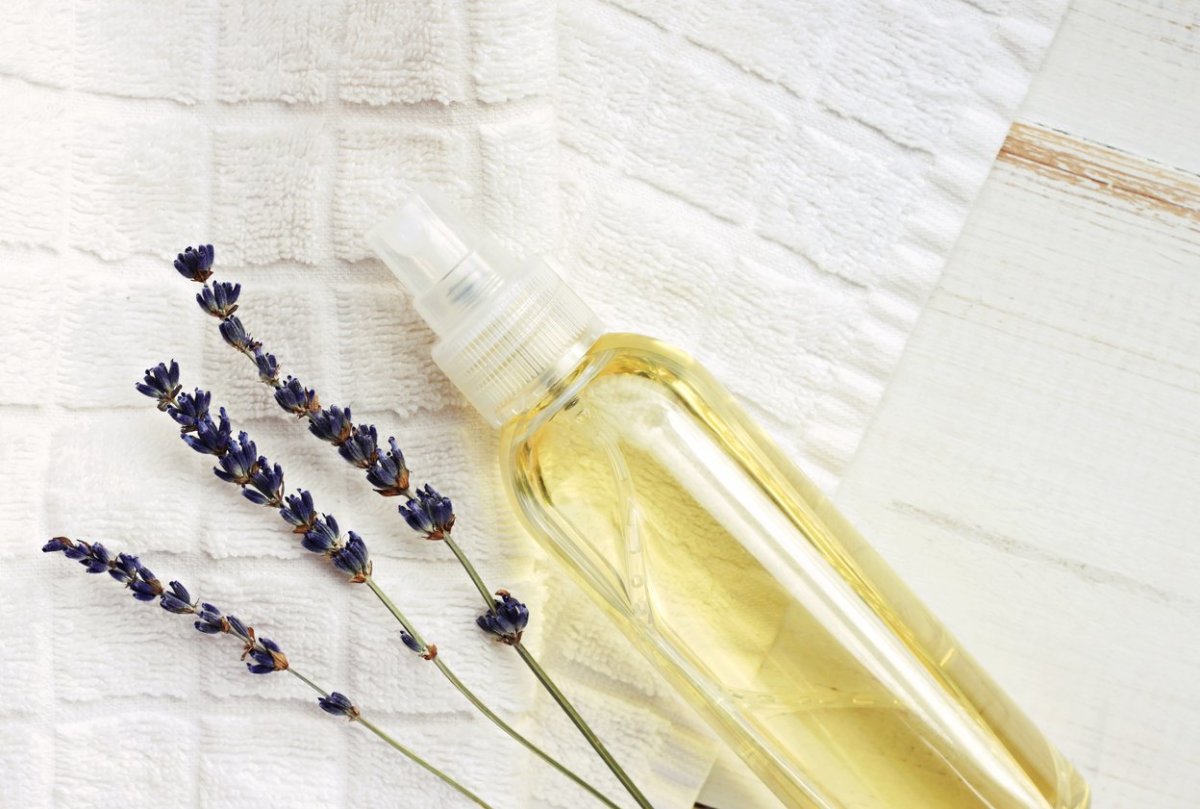
Add about 6-10 drops of essential oil to 250ml of water.
Advantages:
Useful when purpose-made vaporising equipment is unavailable, and a quick and easy way to freshen the air all around the home.
Disadvantages:
avoid spraying over highly polished surfaces, as essential oils may damage the finish. Strongly pigmented oils, such as patchouli and vetivert, will stain some fabrics. The aromatic effect is short-lived compared with other methods.
Cleaning Vaporisers
When heated (no matter how gently), certain oils, including cedarwood, sandalwood, patchouli and jasmine, tend to leave behind a sticky residue. This is best removed by wiping the vaporising equipment with a cloth soaked in an alcohol-based substance, such as surgical spirit (available from chemists). Although it has a harsh odour, the solvent will evaporate within a few minutes.